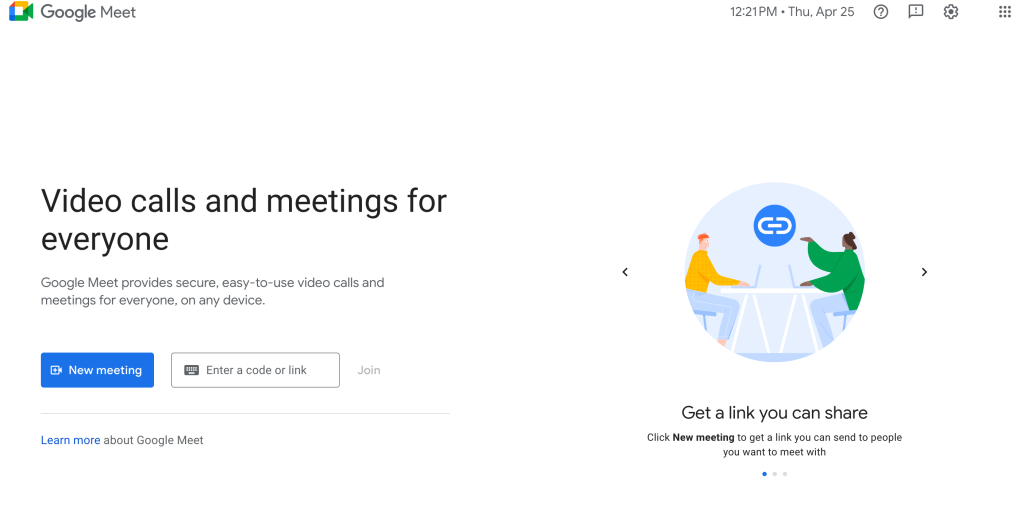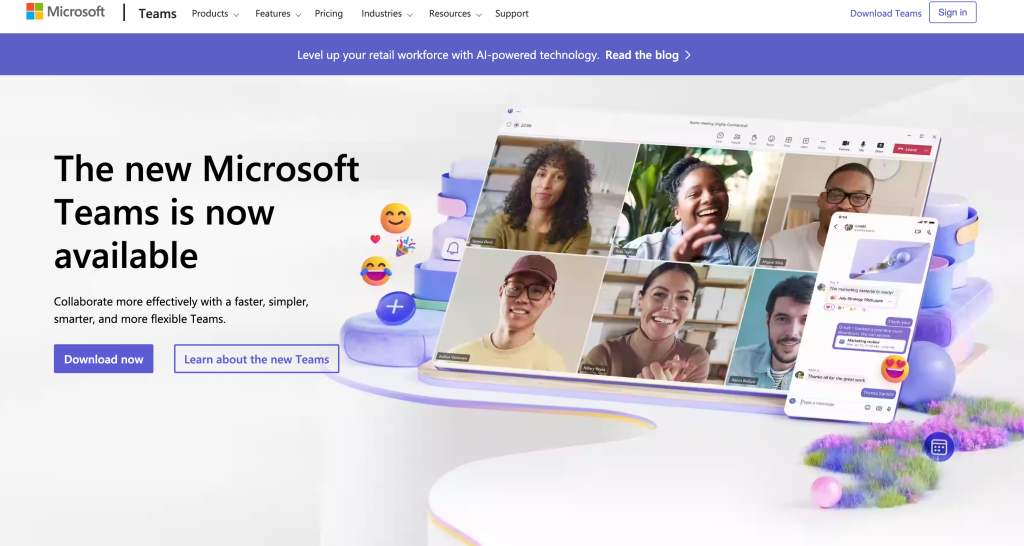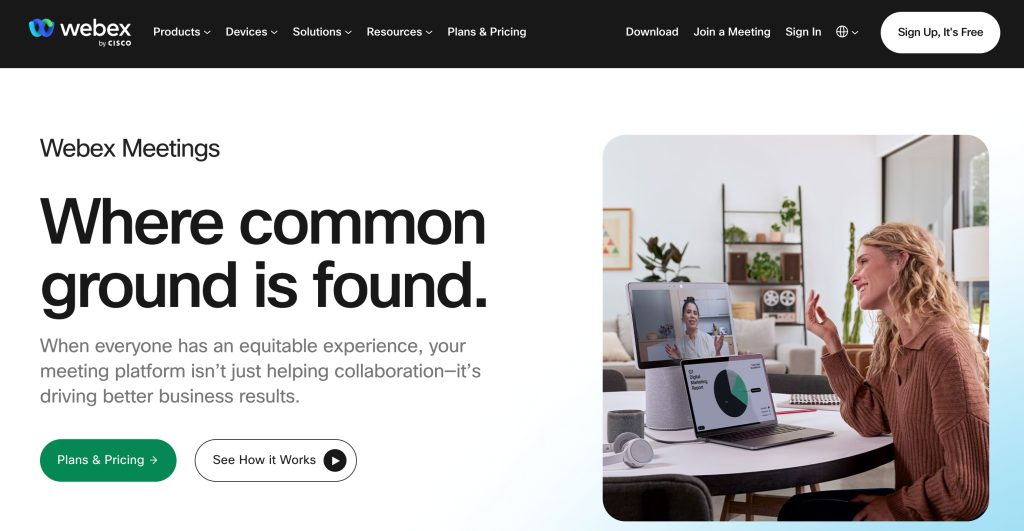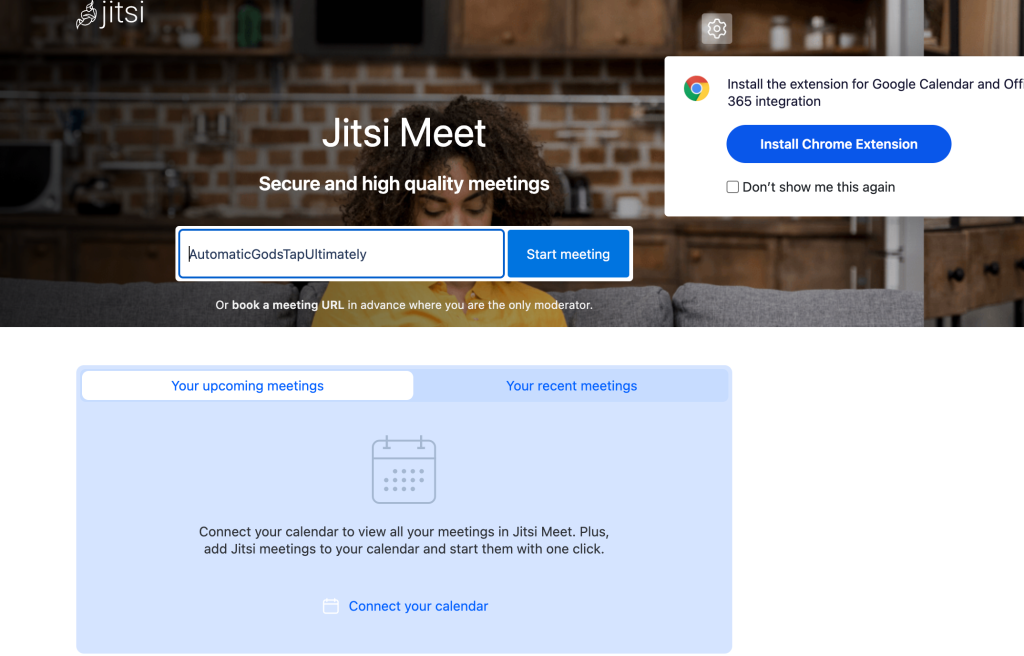Free Virtual Classroom Platforms for Educators
Virtual classrooms are online spaces where you and your students can meet to conduct classes over the Internet.
You know, nowadays it’s really hard to find good virtual classroom platforms that are free. A lot of them let you use the basic stuff without paying anything, but as soon as you want to access the more advanced features, they’re going to ask you to open your wallet. It can be a real challenge for educators like you who are looking for quality without the cost.
I’ve done some digging and found the top five free virtual classroom platforms.
These platforms come with powerful tools at no cost, which makes it a lot easier for you to connect with your students effectively and keep your online classes running smoothly.
#1 Google Meet

Pricing: Free for personal use
Key Features:
- Supports up to 100 participants
- Screen sharing and whiteboarding tools
- Recording capability
- Integrated with Google Workspace apps
Google Meet is a user-friendly video conferencing solution perfect for hosting virtual classes. Teachers can easily share lesson materials, write on the digital whiteboard, and even record sessions for future reference—all for free with their Google account.
#2 Zoom

Pricing: Free basic plan
Key Features:
- Allows up to 100 participants for 40 mins
- Virtual whiteboards and breakout rooms
- Screen sharing and recording options
- Cross-platform accessibility
Zoom’s recognizable name and intuitive interface make it a popular choice. While the free version limits meeting durations, it still provides essential classroom tools like whiteboards, screen sharing, and the ability to split students into smaller breakout groups.
#3 Microsoft Teams

Pricing: Free version available
Key Features:
- Unlimited 1:1 calling and meeting durations
- Up to 100 participants in group meetings
- File sharing and collaboration workspace
- Integrates Microsoft 365 apps
Microsoft Teams combines messaging, video calling, and document collaboration—ideal for virtual classroom management. The free version gives teachers full access to host meetings, share files, and even integrate other Microsoft education tools.
#4 Cisco Webex

Pricing: Free basic plan
Key Features:
- Unlimited meeting durations
- Up to 100 participants
- Screen sharing and whiteboards
- Record meetings locally
Cisco Webex offers reliable video conferencing with an array of classroom features at no cost. Teachers benefit from screen sharing lessons, virtual whiteboards for engaging visuals, and the option to save class recordings.
#5 Jitsi Meet

Pricing: 100% free
Key Features:
- No account needed
- Screen sharing and recording
- Mobile friendly
- Open source platform
For those wanting a no-strings-attached virtual classroom, Jitsi Meet could be the answer. This open-source software runs directly in your browser, allowing screen sharing and recording without any logins or fees required.
How to use Virtual Classroom Platforms for Education Purposes
Here’s a guide to help you get started:
Step 1: Choose the Right Platform
First, select a virtual classroom platform that offers free yet robust tools. Look for features such as video conferencing, interactive whiteboards, and file sharing capabilities.
Step 2: Set Up Your Classroom
Set up your classroom by creating an account and organizing your teaching materials. Consider adding a welcome message for students.
Step 3: Invite Your Students
Invite students to join the classroom via email or a direct link. Ensure they understand how to register and access the classroom.
Step 4: Conduct a Test Run
Conduct a test run to ensure all technical aspects like audio and video work smoothly. Try out all interactive tools to ensure functionality.
Step 5: Start Teaching
Begin your classes. Utilize the platform’s features to enhance interactivity, such as screen sharing for presentations or using the whiteboard for demonstrations.
